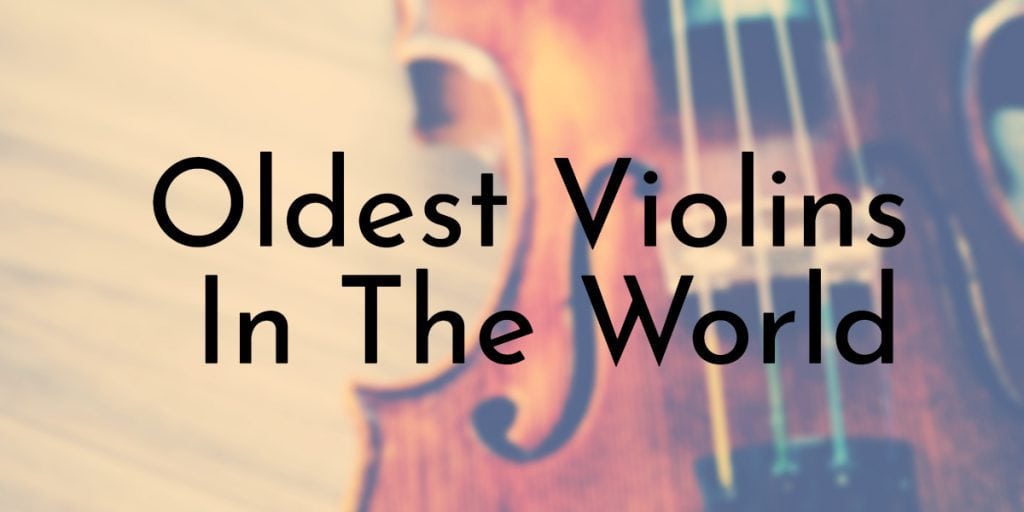Like music itself, the violin has a long, storied history crossing many generations and countries. The violin’s design and tweaks throughout time show that the instrument alone is an art piece, perfected throughout the centuries. From its beginnings in ancient Mongolia to its varied iterations in Europe, the violin is a beloved part of human history that we keep returning to. Whether it’s to purchase a violin completed by one of the masters or to find ideas on how to make the next great string instrument, read the list below to learn more about the violin’s creation and technical capabilities in its early history.
12. Chinrest Violin
Year: c.1820
Country: Germany
Features: The chinrest allowed for more sounds and techniques
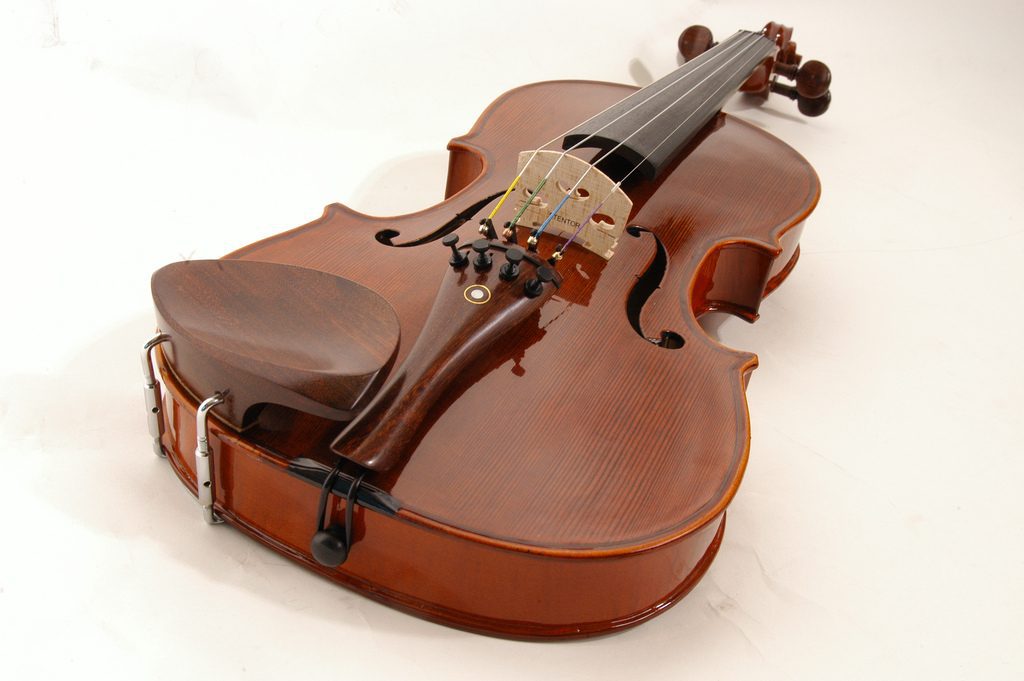
Many readers familiar with the violin might notice something amiss with the list thus far: the lack of a chinrest. Now regarded as a necessary component for comfortable violin playing, the chinrest was not a part of the violin until the early nineteenth century when composer Louis Spohr invented it. The chinrest changed how people played violins as well. Before the chinrest, people rested the violin on their collarbones rather than tucked under their chin. The chinrest allowed for more difficult notes and sounds to be carried out with ease and, as a result, violin music became more expressive and varied with its introduction and continued use.
11. Bergonzi Violin
Year: c. 1720
Country: Italy
Features: Beautiful varnish and strong technical design
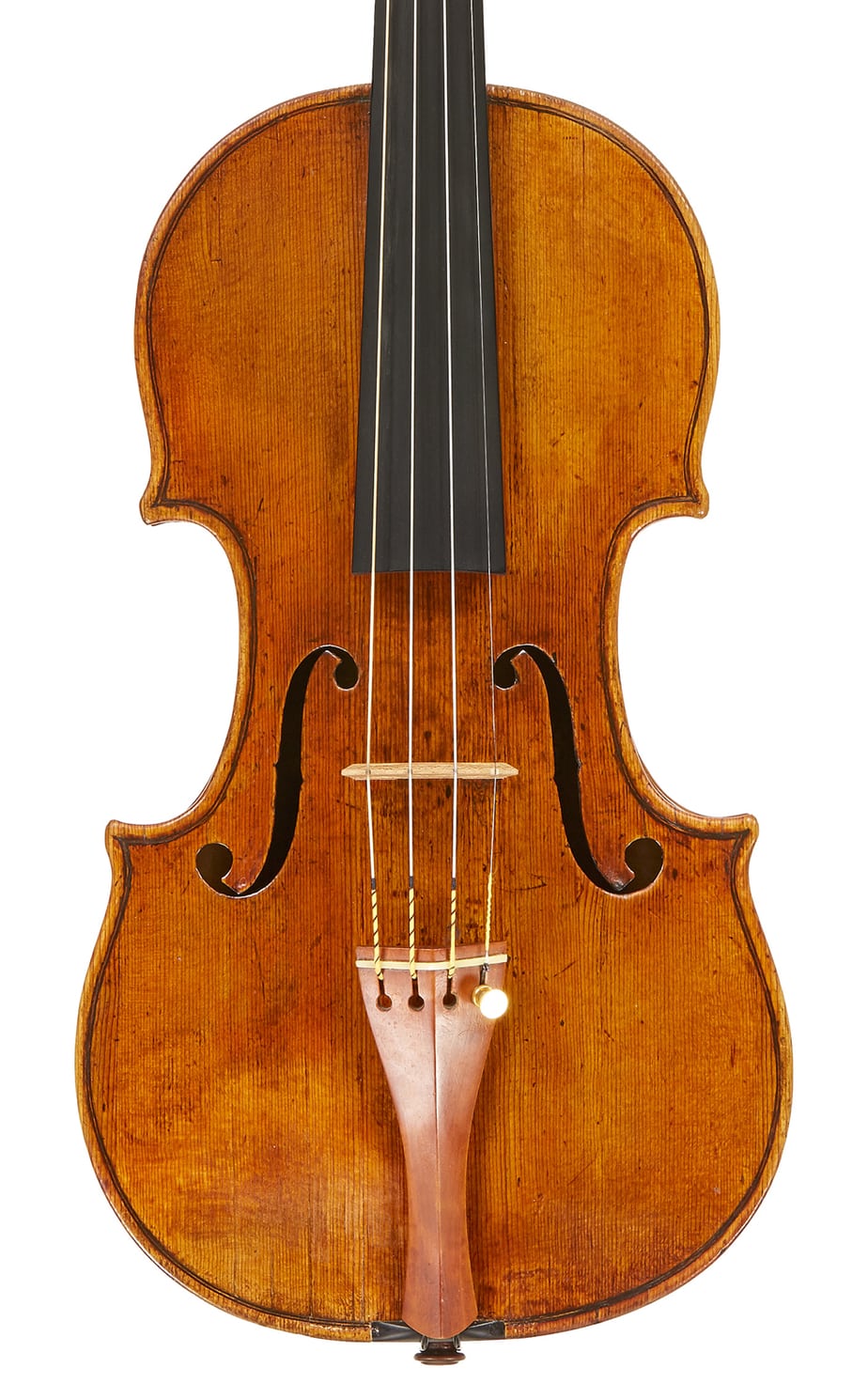
Carlo Bergonzi’s history with violin making is not completely known, but music historians agree that his influences probably came from the Guarneri and Rugeri violin making families. With help from such masters, Bergonzi’s violins are famous for their materials, varnish, and overall technical execution. The typical Bergonzi violin had a narrow waist and Stradivarian-style sound holes. And, as happened with many other great violin builders, there are several fake Bergonzi violins. Unfortunately for Bergonzi, his contemporaries, Stradivari and el Gesu, outshone him in their craftsmanship.
10. The Tourte Bow
Year: c.1780
Country: France
Features: Added screws to adjust the bowstrings’ tension

While not a violin persay, the bow is a key component to playing the instrument and Francois Tourte a key player in bow craftsmanship. Tourte created some of the best bows to date, which command justifiably high prices. Tourte revolutionized the bow to better accommodate new techniques and tones in violins. He lengthened the bow stick, made it more concave in relation to the hair, and added screws so the player could adjust the tension of the bowstrings. His innovations created a standard for modern bows.
9. The Vieuxtemps Guarneri
Year: 1741
Country: Italy
Features: Depth of tone comparable to Stradivari’s work
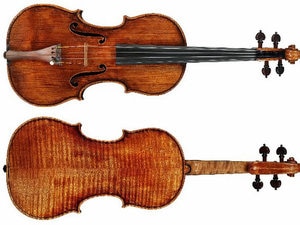
Like Stradivari, Bartolomeo Giuseppe Guarneri “del Gesù” is known for the beautiful tones produced by his violins. Unlike his brother, who used Cremonese and Venetian styles, del Gesu’s violins had a Brescian flair with elongated f holes and c-bouts. His unique ability to capture the depth and darkness of sound make him a craftsman on par with Stradivari, who also innovated in the tonal space, just with different results. The 1730s represent some of his best work technically speaking, but del Gesu’s characteristic tonal quality occurred later on. The Vieuxtemps, which Guarneri created in 1741, is one of the instruments that included his unique flair with strong wood and a long body.
9. The Vieuxtemps Guarneri
Year: 1741
Country: Italy
Features: Depth of tone comparable to Stradivari’s work

Like Stradivari, Bartolomeo Giuseppe Guarneri “del Gesù” is known for the beautiful tones produced by his violins. Unlike his brother, who used Cremonese and Venetian styles, del Gesu’s violins had a Brescian flair with elongated f holes and c-bouts. His unique ability to capture the depth and darkness of sound make him a craftsman on par with Stradivari, who also innovated in the tonal space, just with different results. The 1730s represent some of his best work technically speaking, but del Gesu’s characteristic tonal quality occurred later on. The Vieuxtemps, which Guarneri created in 1741, is one of the instruments that included his unique flair with strong wood and a long body.
8. Daniel Parker Violin
Year: c. 1704
Country: England
Features: Combined Cremonese and English styles
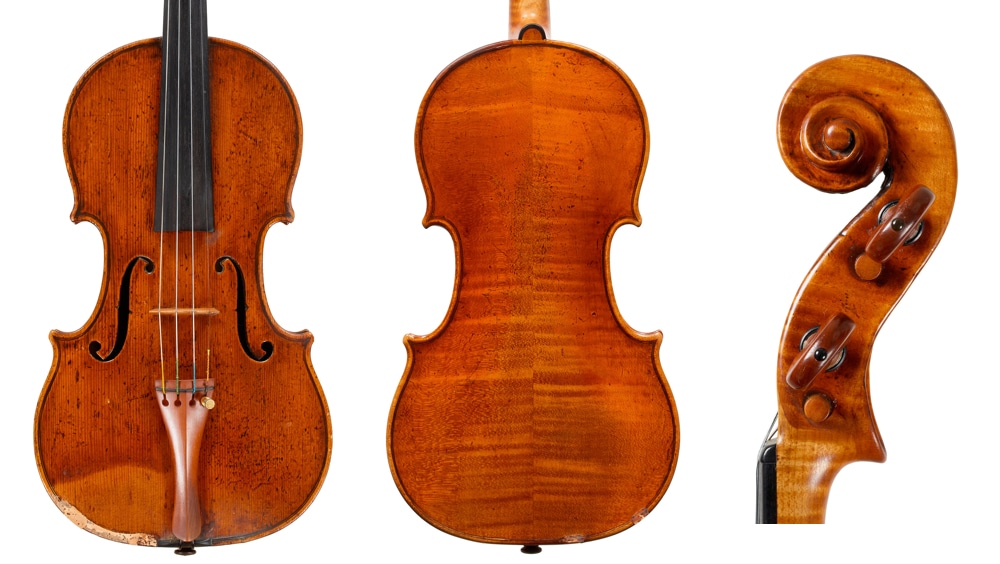
Daniel Parker and his violins are enigmas. Not much is known about where Parker trained or if he trained others, but he was clearly inspired by Stradivari, even before others had moved on from Stainer’s design. Some posit Parker had access to insider information on the Stradivarius violin and used it to his advantage, producing copies with one of his contemporaries— Barak Norman. Parker’s work is rare nowadays, but often features Cremonese inspiration with English construction as well as a nice varnish in light red hues.
7. Stradivarius Violin
Year: 1684
Country: Italy
Features: Near perfect acoustics due to innovations in violin proportions
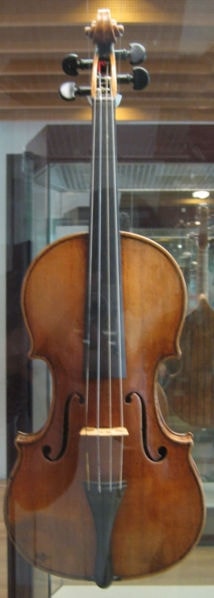
While Andrea Amati is the father of the violin, Antonio Stradivari is responsible for establishing its features. Stradivari became so well known for his violins that copycats ran rampant, even using his signature label. Today, museum experts can tell a true Stradivarius, or Strad, based on a few key factors. These include the volume of air within the violin, which affects tone, and the wood’s thickness. Strads tend to be quite thin in some places since a lighter instrument is easier to play. Overall, though, Strads are highly regarded for their wonderful sound quality that surpasses even modern instruments.
6. Jacob Stainer Violin
Year: c.1630 – 1660s
Country: Austria
Features: Broad lower back, carved designs, and reddish varnish
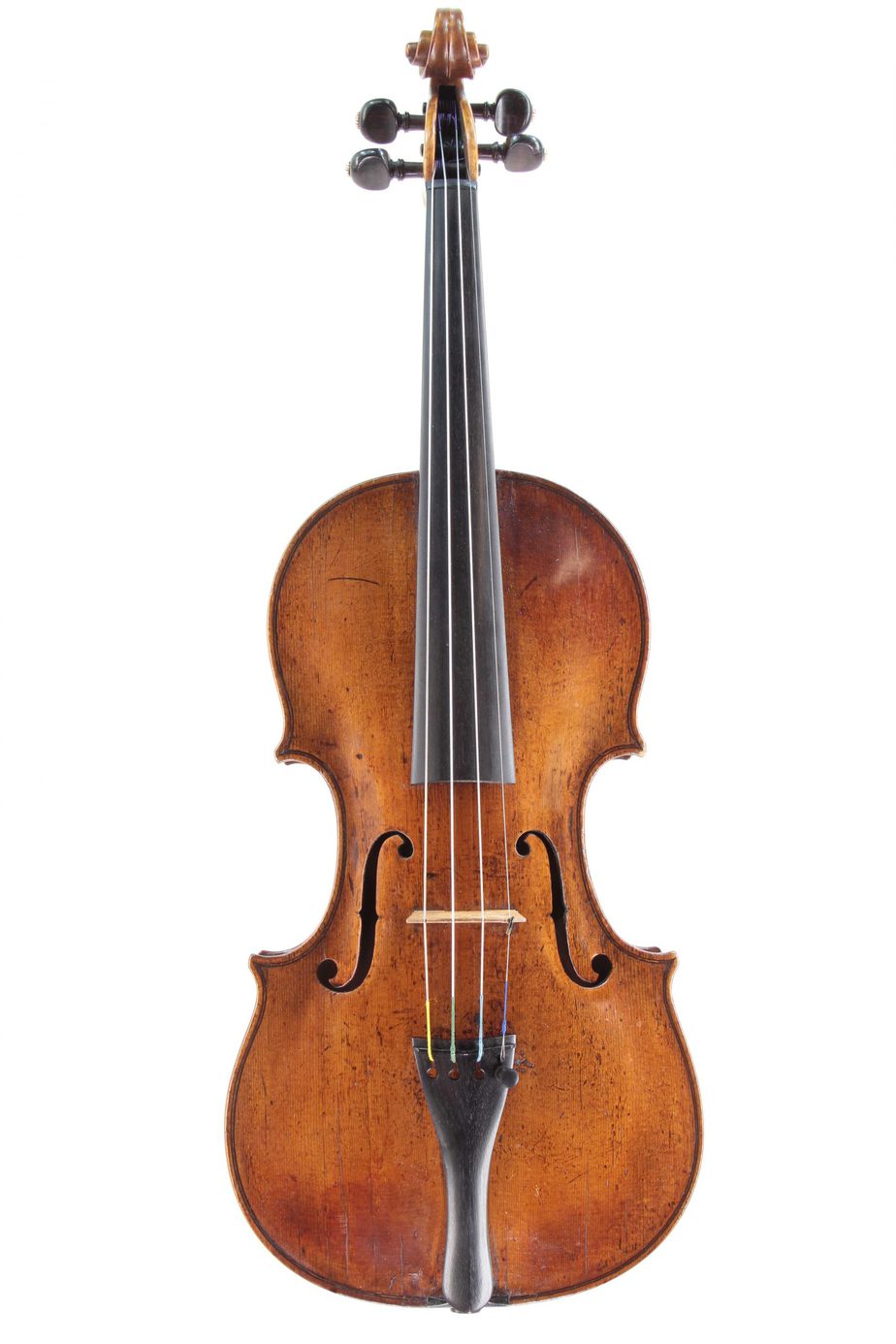
Whether or not Stainer studied under Nicolo Amati is unknown, but his violin construction definitely mimicked some of Nicolo’s stylistic choices, especially his Grand Pattern. Stainer’s legacy is that of superior craftsmanship that became the default violin style throughout most of Europe. Those who imitated him, however, often missed the mark by exaggerating his signature features. His most notable design features included a broad lower back, carvings of animals or women on the stem (similar to the Morin Khuur), and varnish in reddish hues.
5. Giovanni Battista Rogeri Violin
Year: c.1670
Country: Italy
Features: Combined Cremonese and Brescian designs for longer f-holes and c-bouts
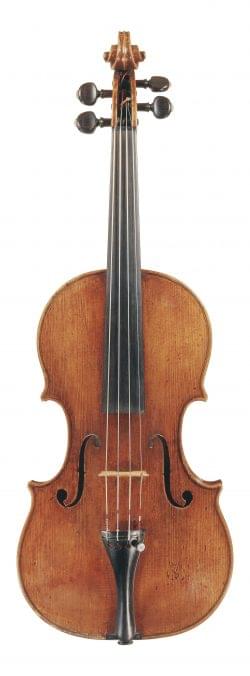
Rogeri was one of Nicolo Amati’s apprentices and, as such, combined the third Amati’s design tactics with his own improvements. Rogeri’s violins utilized Nicolo Amati’s designs and attention, including the Grand Pattern, with elements from the Brescian school of violin making, like elongated f-holes, the f-shaped cut outs on either side of the strings, and c bouts, or the violin’s waist. Rogeri was also one of the last violin players left in his region after the Black plague and the death of his teacher.
4. Grand Pattern Violin
Year: c. 1650
Country: Italy
Features: Slightly larger size that allowed for sound amplification
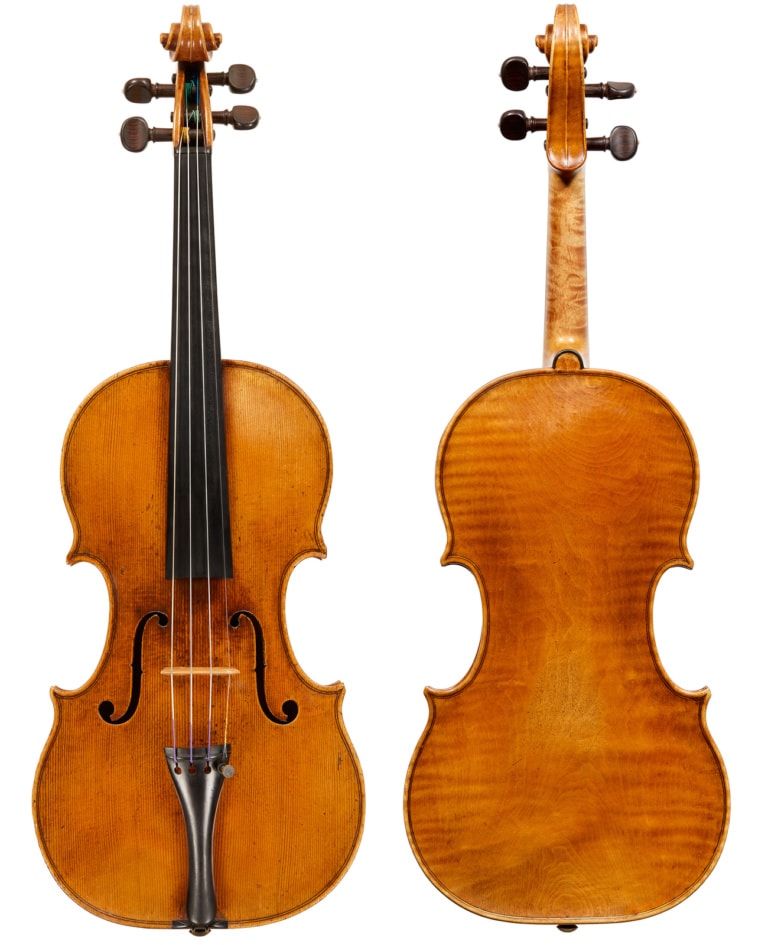
Nicolo Amati, Andrea Amati’s grandson, carried on the family tradition and is considered part of the greatest line of Cremonese violin makers in history. His work is highly regarded for his great attention to detail, but he is most well known for his invention of the Grand Pattern design, which is a violin slightly larger in size than those before it. This change in size permitted increased sound projection, especially important in a time before microphones. Nicolo Amati, however, did not produce many Grand Pattern violins in relation to smaller, standard models.
3. Andrea Amati Violin
Year: 1546
Country: Italy
Features: Curved stem tip and smaller size
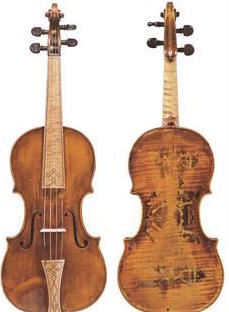
Andrea Amati is the “”father of the violin” and credited with designing the instrument we are familiar with today. Amati’s violin was smaller than the prototypes mentioned, included a bow, and rested near the user’s chin. Unfortunately, not much is known about Amati beyond his instruments, but we do know that Charles IX of France commissioned a set of instruments from Amati that included two violins. One of Amati’s violins sold for $49,431 at auction in 1991.
2. Lira da Braccio
Year: 1400 CE
Country: Italy
Features: Bow and large violin body
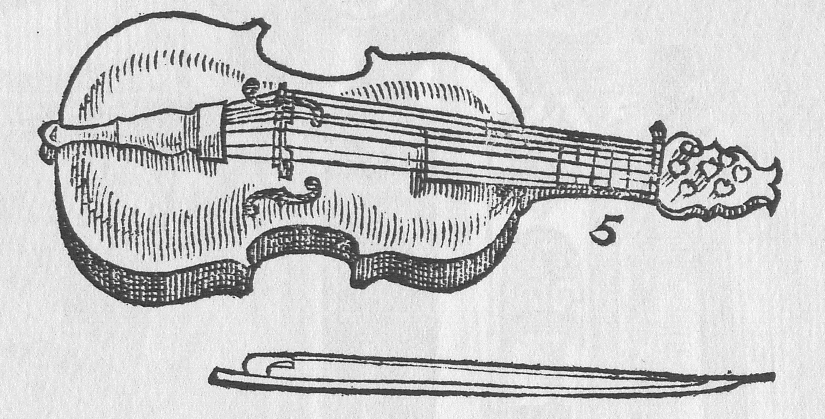
The lira de braccio was an important Renaissance instrument that predated the development of the standard violin. It resembled the violin in many respects, including its use of a bow, strings, and hour-glass shape. The lira da braccio was much larger than a standard violin, however, and sounds slightly more “folky” than the classical instrument— although they’re played in the same manner. Lira da braccios often accompanied lyric poetry in royal courts.
1. Morin Khuur
Year: 1200 CE
Country: Mongolia
Features: Larger than a typical violin and often had a horse head design on its stem
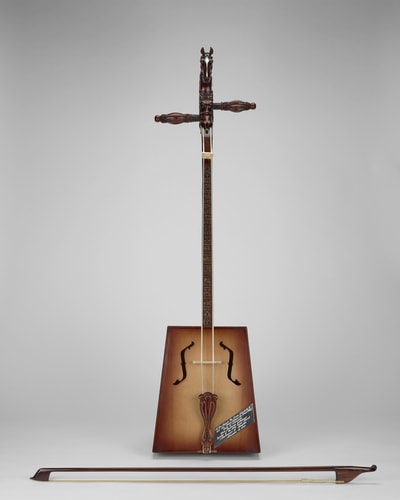
The Morin Khuur, or horse-head fiddle, is a two-stringed proto-violin from Mongolia. The instrument looks like a guitar-size violin and is played with a bow. Often, the top of the Morin Khuur’s stem features a horse head and the strings are made from horse hair, which give the instrument its namesake and illustrate the importance of horses in Mongolian culture. The musician plays the instrument in the sitting position with the Morin Khuur between their legs. As Mongolia’s national instrument, the Morin Khuur itself is a major part of Mongolian cultural ceremonies and other important events. Today, the Morin Khuur Ensemble introduces the instrument to other countries through international concerts.


